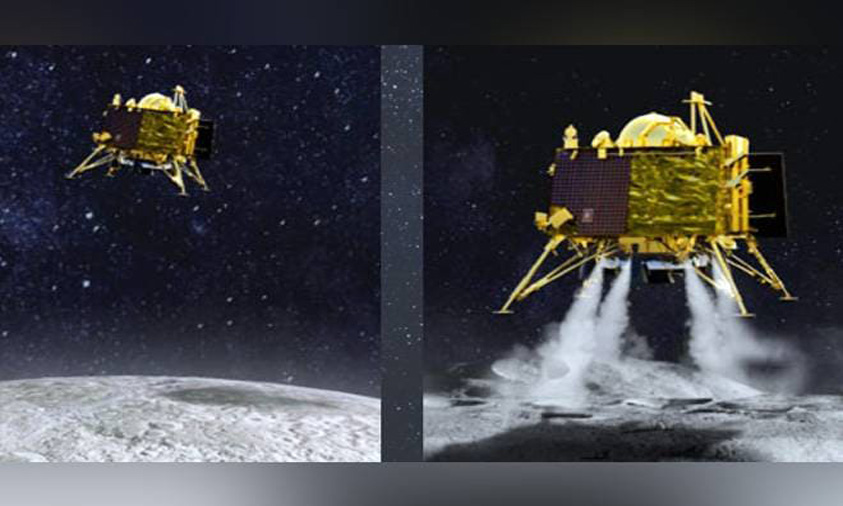Space missions are expected to fail which must not deter the scientific community in India that saw the Vikram lander not making it to the lunar surface from attempting again, as this is the business out there, Tom Soderstrom, Chief Innovation and Technology Officer at NASA JPL (Jet Propulsion Laboratory), has stressed. The debris of the crashed Vikram lander on the lunar surface has been located though there is a sort of discrepancies in who located it first: NASA or the Indian Space Research Organisation (ISRO).
The big takeaway from the Chandrayaan-2 mission is that space probes are bound to fail and none other than NASA knows it better.
“It’s a very difficult thing to land a rover. It’s amazing that it ever works. So we get super nervous every single time. We never know if it’s going to work there, one little thing goes wrong and the whole thing is expected to fail,” Soderstrom told IANS.
“That’s the business because it’s a difficult business. I wouldn’t lose heart just because we lost one or two rovers. When we went to the Moon, it failed time and time again, but eventually it worked. You learn,” Soderstrom added.
ISRO Chairman K. Sivan has said that its own orbiter located the crashed Vikram lander on the lunar surface. However, he added that “ISRO will not refute the claims made by NASA.”According to Soderstrom, the key here is for “us to share all that learning so that more people can participate in the endeavour to reach the next frontier in space”.
“I think science and technology is the true ambassador across the world. In the end, the Earth is ours and if we, one day, need to find a new Earth, it’s going to be the whole Earth that has to pull it together because it’s a big job,” Soderstrom emphasised.
He is positive on finding another life somewhere out there.”We’re very much interested in Jupiter’s moon Europa that has liquid water under its icy surface and from time to time erupts in huge geysers. There may be microbial life there. So we’re going to go to Europa,” said Soderstrom.
In November, the US space agency said that an international research team led out of NASA’s Goddard Space Flight Center in Greenbelt, Maryland, has detected water vapour for the first time above Europa’s surface.Before the recent water vapour detection, there have been many tantalising findings on Europa.
The first came from NASA’s Galileo spacecraft, which measured perturbations in Jupiter’s magnetic field near Europa while orbiting the gas giant planet between 1995 and 2003.The measurements suggested to scientists that electrically conductive fluid, likely a salty ocean beneath Europa’s ice layer, was causing the magnetic disturbances.When researchers analysed the magnetic disturbances more closely in 2018, they found evidence of possible plumes.
“This first direct identification of water vapour on Europa is a critical confirmation of our original detections of atomic species, and it highlights the apparent sparsity of large plumes on this icy world,” said Lorenz Roth, an astronomer and physicist from KTH Royal Institute of Technology in Stockholm.According to Soderstrom, they have not lost hope on Mars yet.
“We’re going to Mars because we don’t know yet if life was there. If we can find that once the planet was brimming with life, that’ll be very interesting,” he added.NASA has discovered nearly 4,100 confirmed exoplanets and of those, “29 have water that promises presence of life in some form or the other,” he mentioned.
